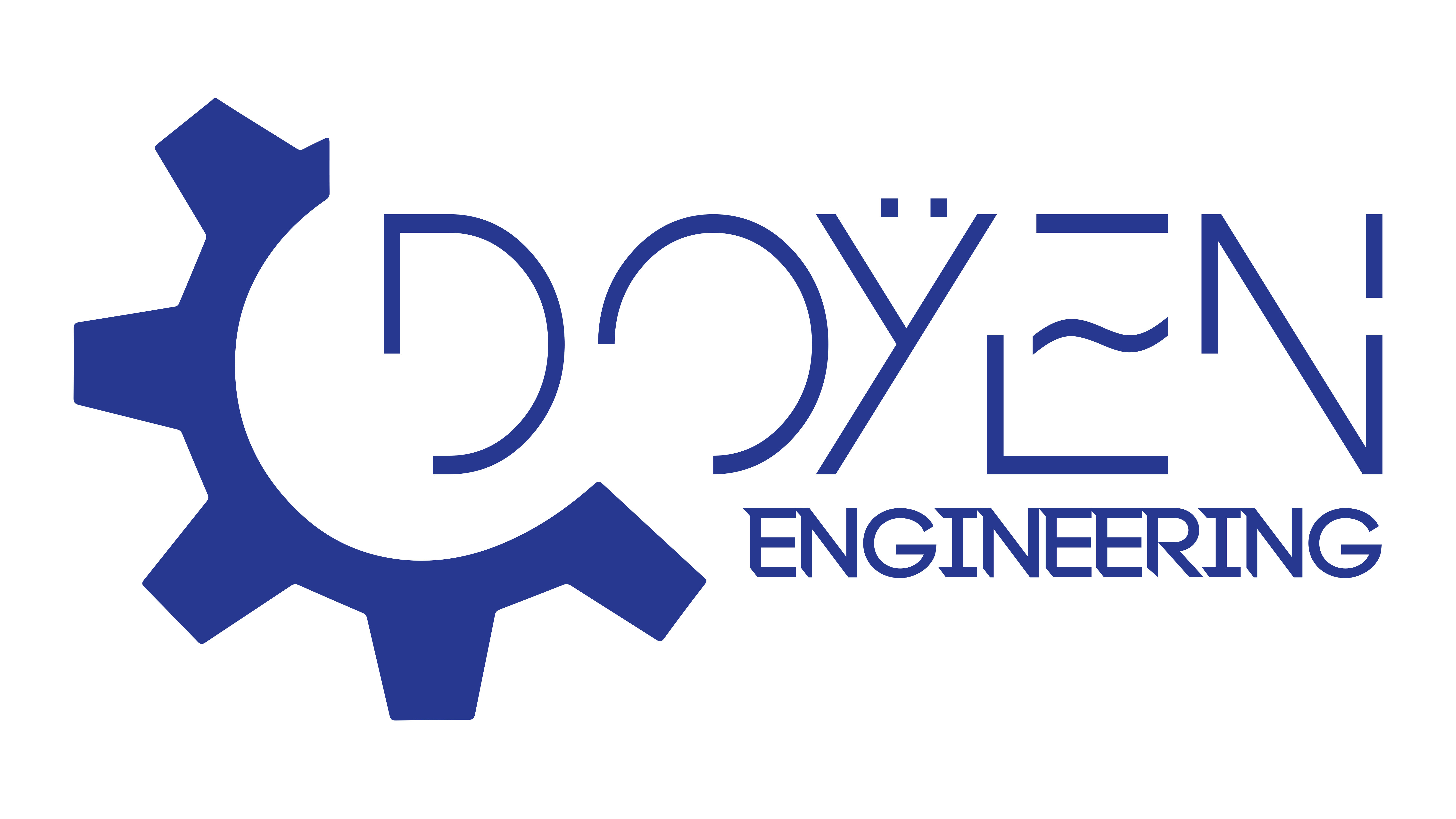
Introduction
Overview of Transformer Technology
Transformer technology plays a crucial role in the efficient transmission of electrical energy. These devices are designed to transfer electrical energy between two or more circuits through electromagnetic induction, making them essential for adjusting voltage levels in power systems. For instance, stepping up voltage for long-distance transmission minimizes energy loss, which is vital for keeping our lights on and devices running smoothly.
Importance of Advances in Transformer Technology
Advancements in transformer technology are more than just technical improvements; they are pivotal for several reasons:
- Enhanced Efficiency: Reducing energy losses translates to savings for both utilities and consumers.
- Grid Modernization: Integrating smart technologies can optimize energy distribution.
- Environmental Impact: Improved designs support the transition towards renewable energy sources, which is critical for addressing climate change.
These developments ultimately contribute to a more robust and reliable electrical infrastructure that benefits everyone.

Evolution of Transformer Design
Traditional Transformer Structure
Traditional transformers have been the backbone of electrical systems for decades. Typically constructed with a magnetic core, coils of wire, and insulating materials, these devices can be bulky and heavy. A personal experience visiting an old powerhouse revealed just how massive these transformers can be! Their basic design includes:
- Ferromagnetic Core: Focuses magnetic flux.
- Primary and Secondary Windings: Create voltage transformation.
- Cooling Systems: Essential for maintaining operational efficiency.
New Materials and Components Integration
Recently, the integration of new materials has revolutionized transformer design. Innovations like amorphous steel cores and advanced insulating fluids are increasing efficiency and reducing weight. For instance, using high-temperature superconductors can enhance performance and reduce energy losses, making transformers not just lighter, but smarter. These materials lead to:
- Higher Efficiency Ratings: Better than traditional designs.
- Compact Size: Ideal for urban applications.
- Increased Longevity: Less wear and tear over time.
This evolution signifies a shift towards more powerful yet efficient transformer technology, vital for modern energy demands.

Efficiency Enhancements
Improved Core and Coil Design
As transformer technology progresses, improved core and coil designs are at the forefront of enhancing efficiency. Instead of traditional laminated cores, manufacturers are now utilizing amorphous steel and layered designs that reduce eddy current losses. Personally, witnessing a demonstration of coil winding techniques opened my eyes to the precision involved! Key benefits include:
- Reduced Losses: Minimizing energy lost as heat.
- Compact Designs: Smaller transformers for optimized spaces.
- High Performance: Improved power handling capabilities.
Smart Grid Integration
Smart grid technology is revolutionizing how transformers operate within the electrical grid. By integrating real-time data analytics, transformers can adapt to changing energy demands. For example, at a recent energy conference, I learned how smart transformers communicate with the grid to balance loads effectively. Key aspects include:
- Remote Monitoring: Prolonging transformer lifespan through predictive maintenance.
- Dynamic Load Management: Adjusting output based on real-time consumption.
- Enhanced Reliability: Reducing, if not eliminating, outages.
These efficiency enhancements are not only improving electrical performance but are also paving the way for a sustainable energy future.
Enhanced Safety Features
Fire Protection Systems
With the increasing complexity of transformer designs, enhanced safety features have become essential. Fire protection systems are now integrated into transformers to prevent and manage potential hazards. During a recent maintenance visit, I was amazed to see how far these technologies have come! Key fire protection features include:
- Fire-Resistant Materials: Components designed to withstand high temperatures.
- Automatic Suppression Systems: Detect and extinguish fires before they spread.
- Regular Safety Audits: Ensuring all safety protocols are up to date.
Advanced Overload Protection
In addition to fire safety, advanced overload protection mechanisms are vital for reliable transformer operation. These systems help to monitor the load and prevent damage from overloading. A practical example I encountered involved a transformer that automatically reduced its output to manage peak loads effectively. Features include:
- Real-Time Load Monitoring: Adjusting performance based on current demand.
- Automatic Shut-off Mechanisms: Protecting against catastrophic failures.
- Diagnostic Tools: Early warning signs for maintenance needs.
Together, these safety enhancements contribute to the resilience and reliability of power systems, ensuring both efficiency and protection.

Application in Renewable Energy
Integration with Solar Power Systems
The relevance of transformers in renewable energy systems has grown remarkably, particularly in solar power applications. Efficiently connecting solar panels to the grid requires transformers that can handle variable voltage levels. I recently visited a solar farm, and it was enlightening to see how transformers optimize energy output! Key roles include:
- Step-Up Transformers: Raising voltage for long-distance transmission.
- Inverters: Converting DC from solar panels to AC for grid use.
- Voltage Regulation: Maintaining stable supply during fluctuations.
Role in Wind Energy Generation
Similarly, transformers are critical in wind energy generation. They play a vital role in bridging the output from wind turbines to the electrical grid. In a visit to a wind farm, I was impressed by the sheer scale and importance of transformer technology in harnessing wind energy! Notable functions include:
- Voltage Transformation: Ensuring compatibility with grid standards.
- Protection Systems: Shielding against sudden changes in the wind's force.
- Integration with Smart Grids: Enhancing overall grid reliability and efficiency.
These applications demonstrate how transformers are crucial in driving the renewable energy revolution, helping us transition towards a more sustainable future.

Impact on Electrical Grid Infrastructure
Voltage Regulation Technologies
As transformer technologies advance, their impact on the electrical grid infrastructure becomes increasingly significant. One crucial aspect is voltage regulation, which ensures that electricity flows consistently and efficiently. I remember attending a workshop where experts demonstrated how voltage regulation can prevent outages. Key technologies include:
- Automatic Voltage Regulators (AVRs): Keep voltage within safe limits.
- Capacitor Banks: Provide reactive power support to improve stability.
- Smart Transformers: Adjust voltage dynamically based on demand.
Grid Resilience Solutions
In addition to voltage regulation, transformers contribute to grid resilience solutions, essential for coping with challenges like extreme weather and fluctuating energy sources. During a recent discussion about climate impacts, it became clear how vital resilience is. Features that enhance grid resilience include:
- Distributed Generation Capabilities: Enabling local power production to mitigate grid reliance.
- Flexible Energy Storage Systems: Supporting load balancing during peak demands.
- Integration with Microgrids: Allowing isolated areas to maintain power during outages.
These advancements not only enhance the reliability of the electrical grid but are also critical in supporting a sustainable and robust energy future.





